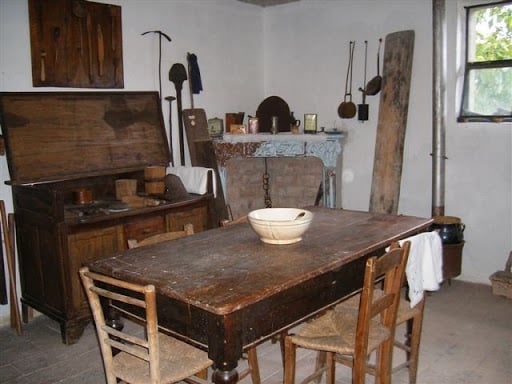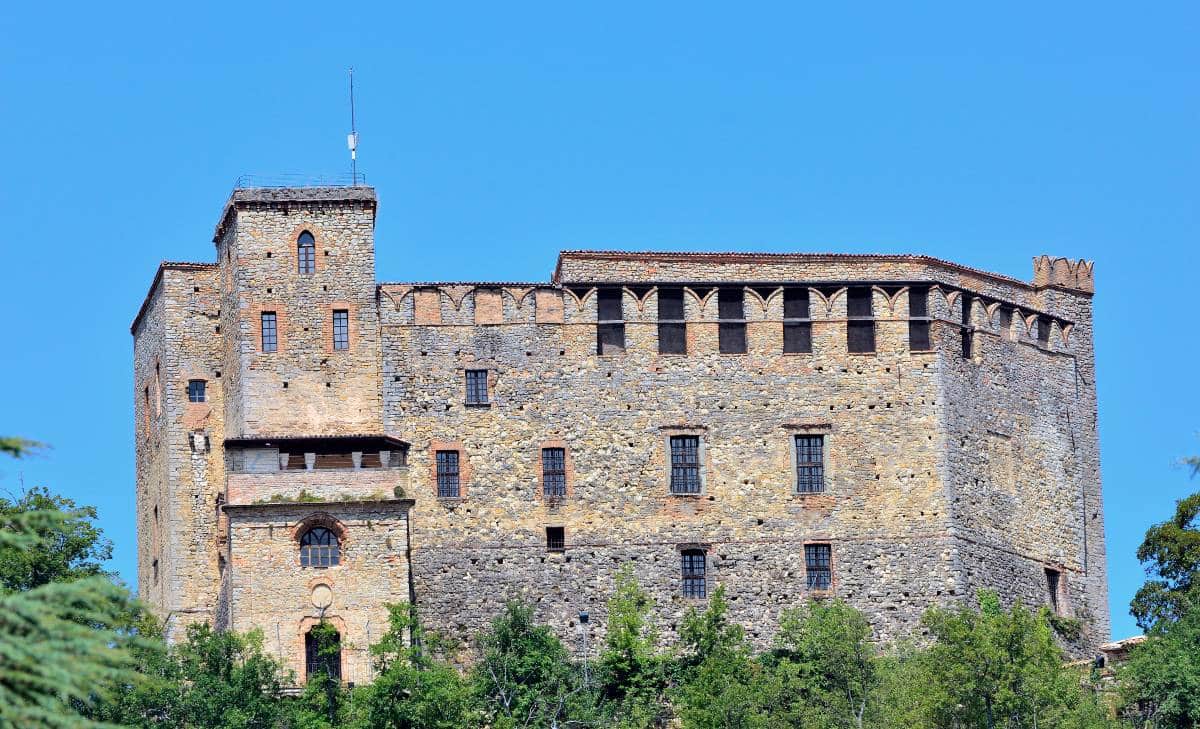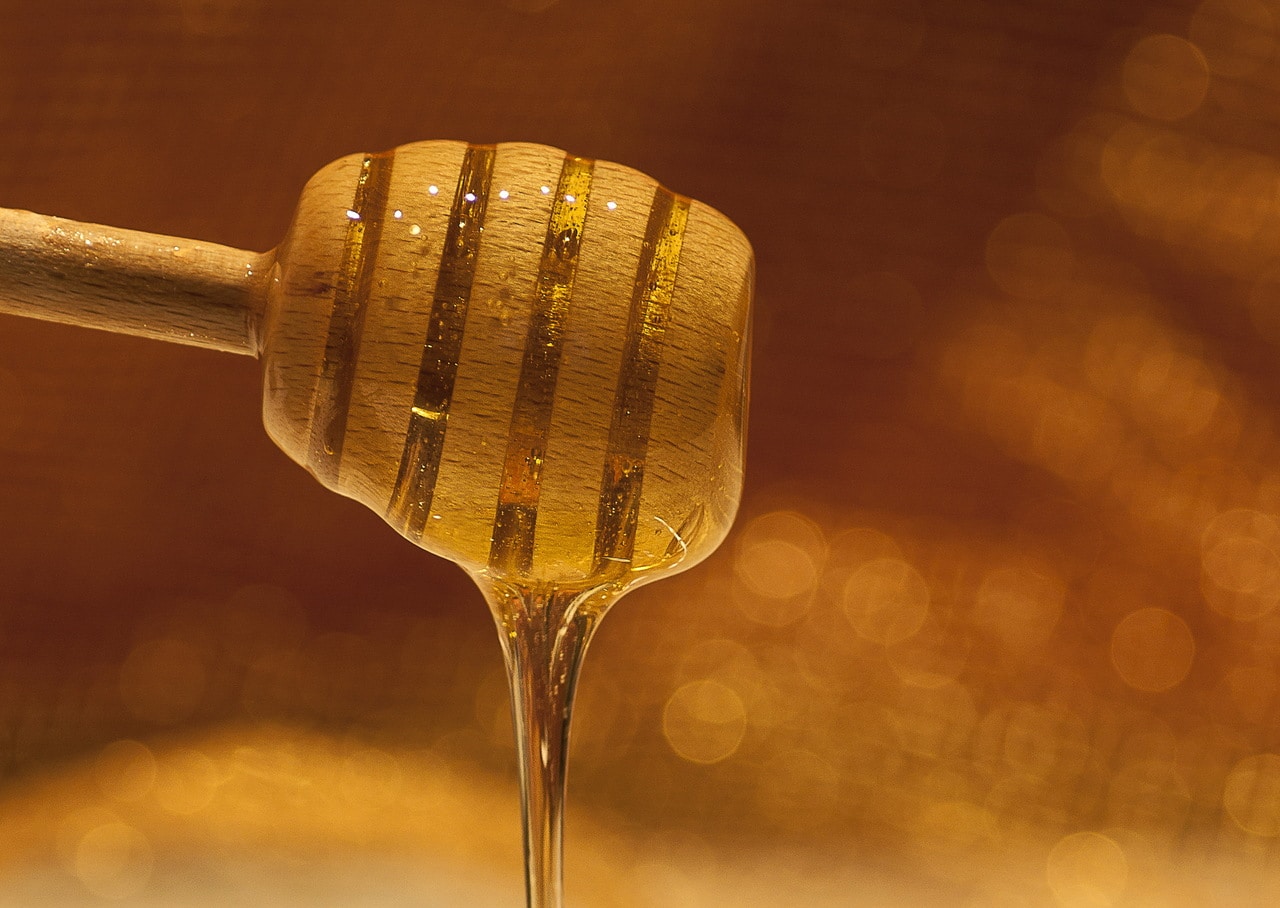Ph. lorenik/flickr
Un Castello ammantato di tetre leggende, un parco lussureggiante e tante api: questi e molti altri sono gli ingredienti che compongono l’anima di questo borgo del pavese sito nel cuore della lussureggiante e incontaminata Val Tidone.
A Zavattarello il tempo si è fermato all’epoca in cui per le vie del borgo risuonavano i rumori del ciabattino che fabbricava scarpe o degli apicoltori che producevano il gustoso miele che rende ancora oggi Zavattarello famosa in tutta la Lombardia e non solo.
Zavattarello, la “Città del Miele”
Le prime notizie di Zavattarello, nell’Oltrepò Pavese, risalgono al 971-972 quando Ottone I donò il feudo al monastero di San Colombano a Bobbio. Nel 1169 subentrarono i Landi che rimasero al potere per quasi due secoli, ovvero fino a quando il vescovo di Bobbio nel 1385 consegnò il borgo ai Dal Verme. Proprio Luigi Dal Verme, nel XIX secolo, avviò la produzione di miele dal suo stesso Castello, simbolo principale del borgo e cinto da uno splendido parco di circa 80 ettari. Il miele prodotto dal conte ebbe così tanto successo che, proposto nei numerosi consorzi a livello nazionale, ottenne fin da subito talmente tanto successo da ricevere numerosi riconoscimenti già nel 1869.
La passione per l’apicoltura non andò però persa con la dipartita di Luigi Dal Verme, ma fu ereditata dal nipote Luigi che si adoperò grandemente non solo per la nascita di una società di apicoltura: l’uomo infatti inaugurò un vero e proprio decalogo moderno che ancora oggi è seguito rigorosamente da tutti gli apicoltori di Zavattarello.

La settembrina Sagra del Fungo e del Miele permette di conoscere e degustare non solo i preziosi frutti del sottobosco ma anche il cosiddetto “nettare degli dei”, vero e proprio vanto di Zavattarello: il miele del luogo è un prodotto gustoso e puro che si è persino aggiudicato il premio Goccia d’Oro, tanto ambito dagli apicoltori d’Italia.
C’è da ricordare che nel 2015, è nata “Miele di Zavattarello-Associazione Apicoltori Oltrepò Montano”: questo ente racchiude ben 46 soci che si impegnano a produrre miele secondo un disciplinare alquanto rigido, con lo scopo di preservare la specificità del luogo. Questi produttori gestiscono all’incirca 350 arnie, ma soprattutto preservano una Stazione di Fecondazione dell’Ape Ligustica, appartenente alla famiglia dell’ape mellifera considerata essenziale per la preservazione dell’ecosistema dell’Oltrepò Pavese.
La passione per il miele ha portato questa Associazione alla creazione nel 2018 di un premio dal nome “L’Oro di Zavattarello”, destinato ai migliori scritti inediti relativi proprio alle operose api.
Cosa vedere a Zavattarello
Il centro storico di Zavattarello, chiamato Su Di Dentro, conserva il suo pittoresco impianto medioevale cinto in parte da mura. Tra palazzi e case in pietra spiccano alcuni edifici religiosi come il trecentesco Oratorio di San Rocco con all’interno tele legate alla Via Crucis e uno splendido altare ligneo del ‘400. Presso la Pieve di San Paolo è possibile invece ammirare reliquiari preziosi, antichi dipinti e un altare seicentesco in legno pregiato posizionato nell’abside. Sul retro della Pieve si trova un piccolo cimitero di forma ottagonale costruito per volere di Carlo Alberto di Savoia: è qui che sorge la Cappella della Famiglia Dal Verme, che un grande segno ha lasciato nella storia di Zavattarello.
Chi vuole conoscere il volto più antico del borgo deve visitare il Museo Magazzino dei Ricordi di Bruni Virgilio: all’interno sono infatti stati ricostruiti ambienti d’epoca come la casa del contadino, la scuola, la bottega del barbiere, del maniscalco, del sarto e ovviamente quella del calzolaio (il nome stesso del borgo deriva dal termine savatte, ovvero ciabatta).

Museo Magazzino dei Ricordi di Bruni Virgilio – Foto di zavattarello.org
Il simbolo di Zavattarello è senza dubbio il Castello, nato nel X secolo e oggetto di numerose contese nel corso dei secoli fino a quando, dal 1390, passò definitivamente nella mani della casata Dal Verme. Una visita al Castello di Zavattarello significa immergersi in ambienti carichi di storia e atmosfera come le prigioni scavate nella nuda roccia, gli spalti, le scuderie, la chiesa, le cucine, la Sala delle Feste e quella della Musica, la Camera da Letto in stile barocco e la bella Sala delle Armi.
Il Museo di Arte Contemporanea Giuseppe e Titina Dal Verme invece mette in mostra una serie di opere di artisti locali, le ceramiche di Luciana Magrini, le sculture del Gambuzzi e le opere di Giuseppe Dal Verme, con tanto di dipinti ad olio e acquerelli che narrano i viaggi dell’artista: l’opera più preziosa è però il dipinto della marchesa Maddalena Gentile con i suoi figli, opera del Mulinaretto risalente al XVII secolo.




0 Commenti